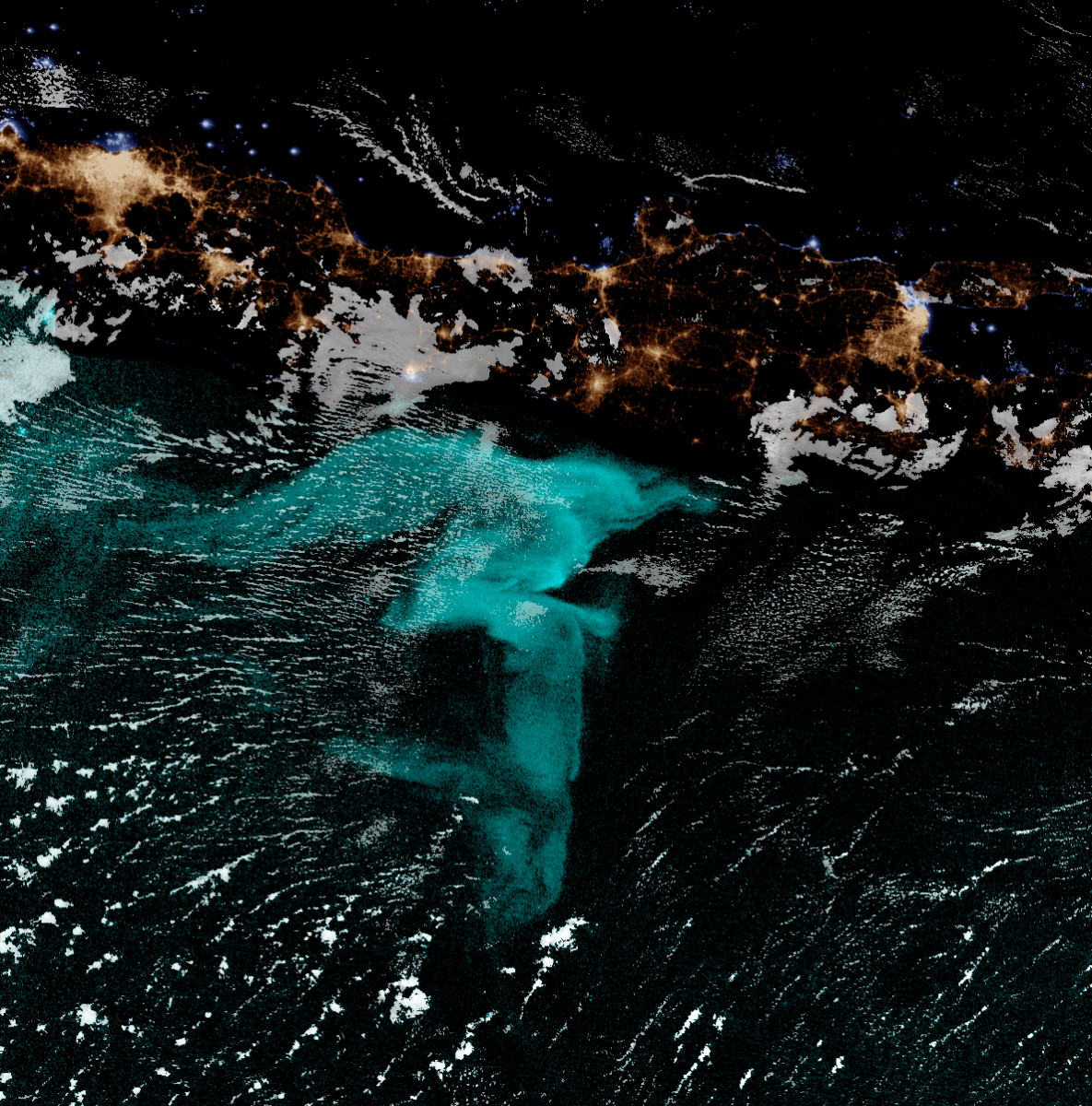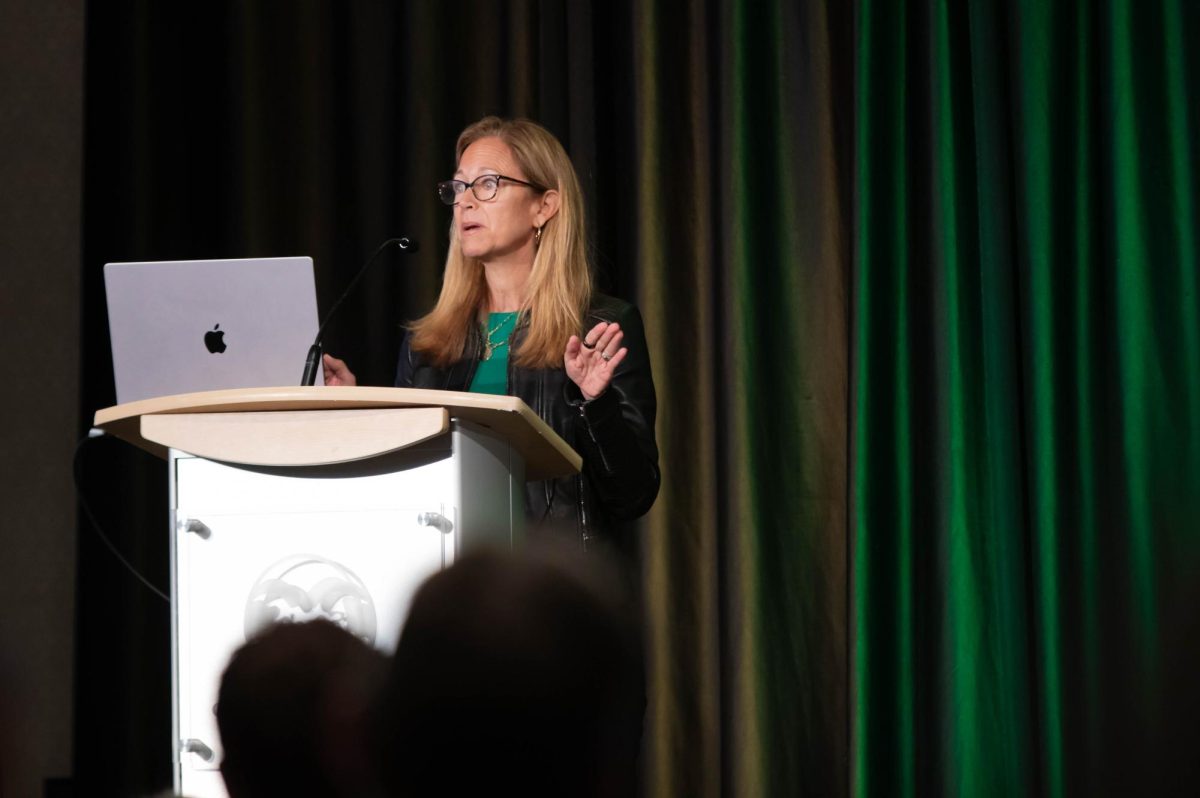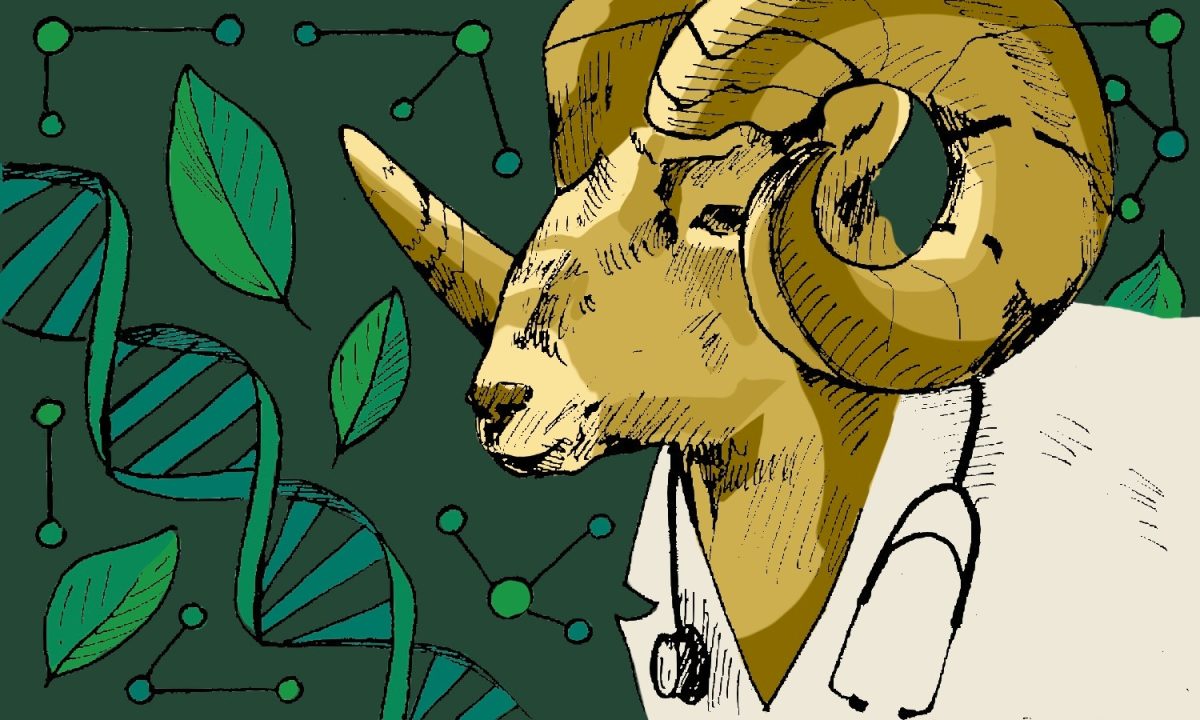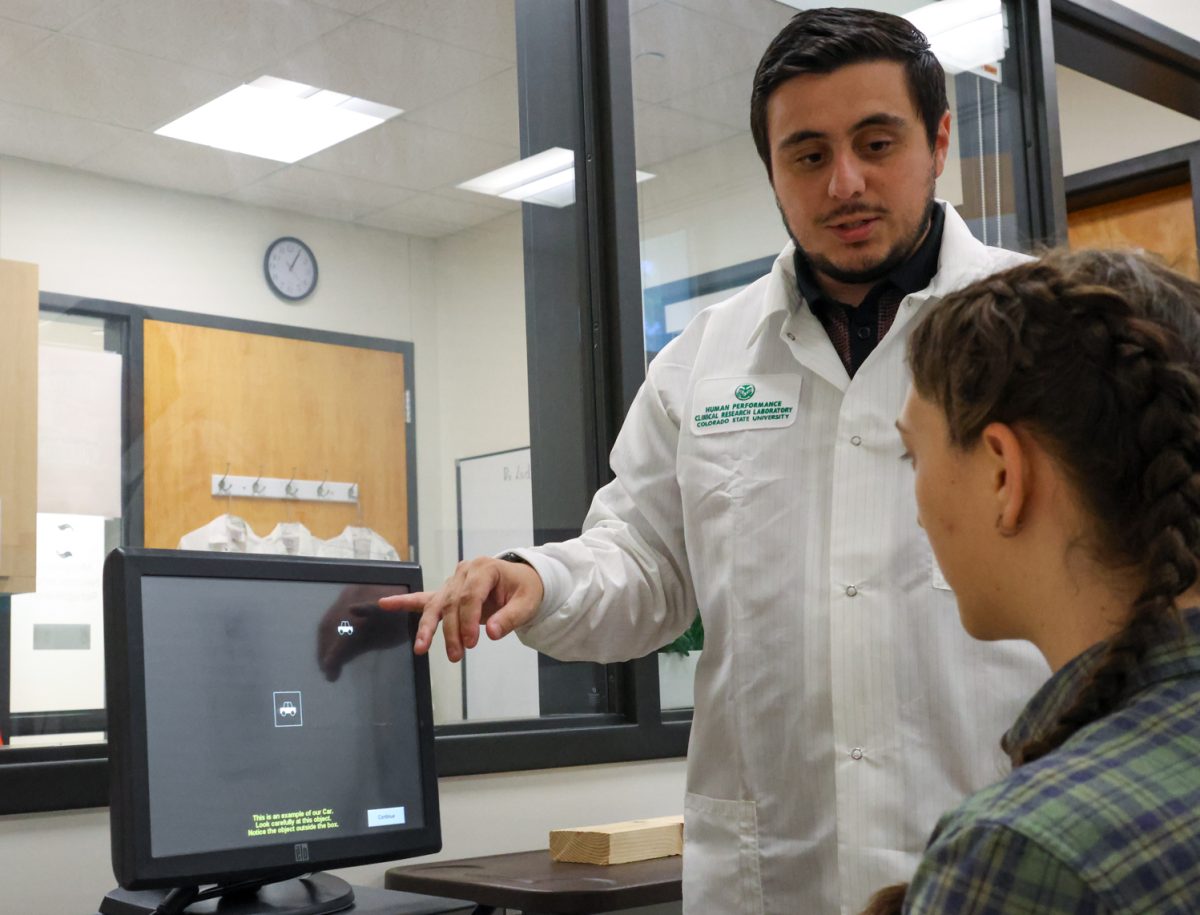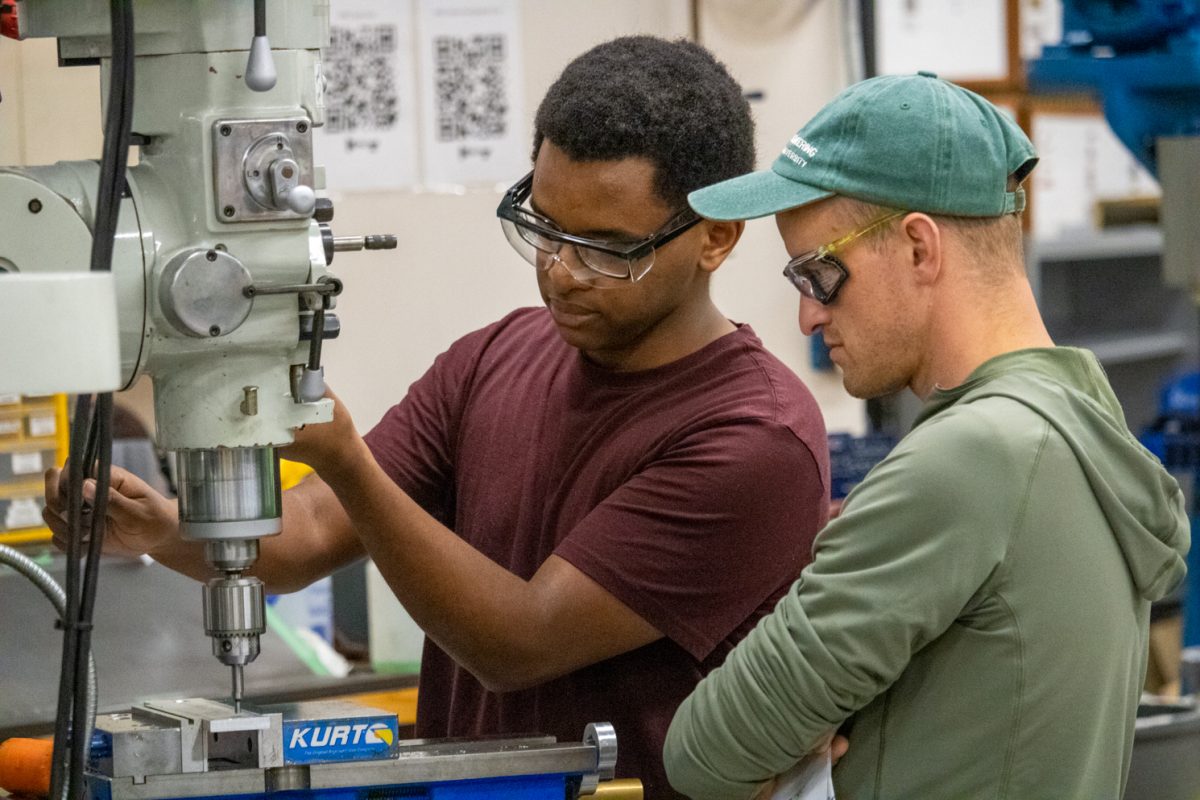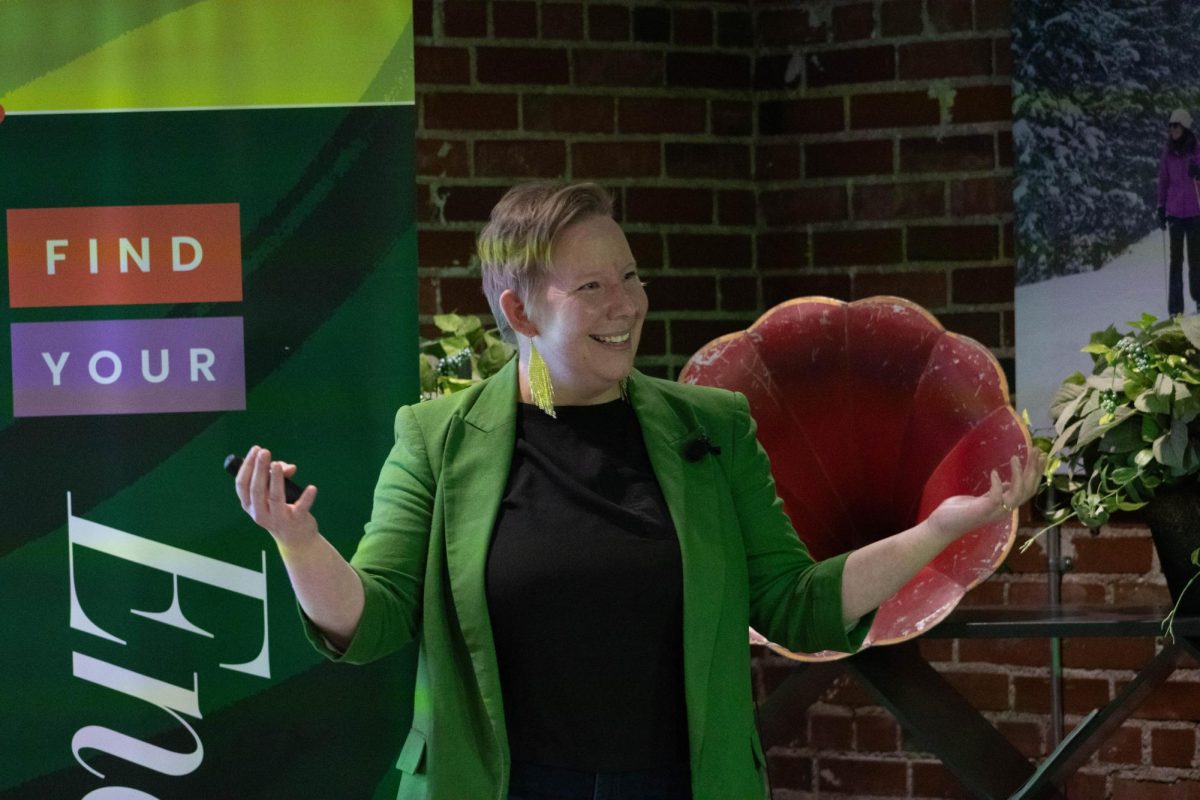For centuries, sailors have returned from voyages with tales of eerie, steady-glowing oceans. These episodes would sometimes last for months, atop water capable of glowing in a bucket, deep beneath a ship’s keel. While the earliest accounts were written off as tall tales, the stories are true.
Named “milky seas” by the explorers who first documented it, the phenomenon is a rare event of marine bioluminescence. A new database created in collaboration between Colorado State University’s department of atmospheric science and the Cooperative Institute for Research in the Atmosphere has brought together historical eyewitness accounts for the first time.
“Milky seas describe very large regions of ocean that produce a sustained and widespread glow, often appearing to extend to the horizon on dark, moon-free nights,” CIRA Director and atmospheric science Professor Steven Miller wrote in an email-based interview.
The journal Advancing Earth and Space Sciences recently published an article recounting the database’s development, which drew from 415 individual observations of milky seas over the past 400 years.
“The oldest one that I was able to find goes back to 1615, and it was one of the first-ever voyages of the British East India Company,” said Justin Hudson, a postdoctoral researcher in the department of atmospheric science and the paper’s first author. “So there’s a good chance it’s actually the earliest account ever in English.”
While sorting through the historical accounts, Hudson had to differentiate the individual sightings to make sure each milky sea event was unique, rather than two separate people noting the same event. In the end, the database’s construction was guided by a defined methodology that outlined specific characteristics of a milky sea event.
Every event had to feature “a steady, nonflashing gray/white/green-blue/turquoise glow coming from the nighttime ocean surface,” the paper reads. The event also has to be widespread across the ocean’s horizon and occur within nondisturbed water. A shape line of demarcation must also appear between the glowing and nonglowing water, fade in and out of brightness and have a calm ocean surface. Lastly, the sea must return to normal, dark water once the sun or moon rises.
After categorizing the observations by the database’s criteria, Miller and Hudson were able to estimate both the rate of milky sea occurrences and the general geographic region they materialize in.
“Milky seas may occur one to two times per year globally, but they are by no means a regular occurrence and there may be many years between events,” Miller wrote. “Based on historical sightings and, more recently, satellite observations, we know that they tend to form more often in the northwest Indian Ocean and Indonesia.”
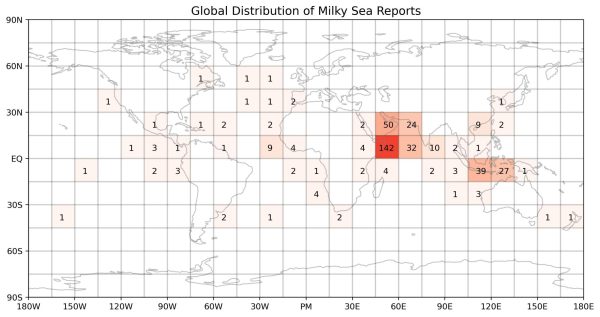
While the exact cause of the bioluminescent event is unknown, bacteria is theorized to play a major role in its development.
“Based off of the fact that it’s a consistent, nonflashing light … and it covers such a large area and sort of other various qualities, we think it’s caused by bacteria,” Hudson said. “For the largest event we know of, basically, if it was only a centimeter thick, it would have one mole of bacteria involved. And if you work out how much it could weigh, you get over a million kilograms of bacteria.”
The geographical regions where the events occur most frequently experience weather patterns that result in an environment bacteria thrives in. In the Indian Ocean, the Indian Ocean Dipole causes a fluctuation in sea surface temperatures across the western and eastern sides of the sea, which are categorized by positive, negative and neutral phases.
“It is a sea surface temperature pattern that happens in the Indian Ocean where one side will have cooler sea surface temperatures than normal, and one side will have warmer than normal, and whichever side has warmer temperatures, that’s really good at making (sure) there’s more evaporation, (as) hotter air wants to rise,” Hudson said.
Bacteria thrives in warmer ocean temperatures, which Hudson theorized causes milky seas to occur more frequently in the region the Dipole is most present.
“We think that this phase, the positive phase, in the Indian Ocean Dipole (is) associated with that cool, nutrient-rich water from down below coming up in that region, and it causes milky seas to happen at a much higher rate than you would expect if it didn’t have an impact,” Hudson said.
Miller’s interest in the fabled phenomenon began in 2005 when he published an article in the Proceedings of the National Academy of Sciences discussing the first detection of a milky sea event through satellite imaging technology.
“It was pretty amazing to think that we could do this from space, and especially for a form of bioluminescence that had been more a part of the maritime folklore than of scientific knowledge,” Miller wrote. “Since then, I’ve been hooked on the topic and was excited to work with a new generation of satellite technology that might be even more capable of detecting and measuring milky seas.”
Combined with the newfound knowledge from the database, this satellite technology has allowed the team to chart milky sea occurrences from 2017 that were previously undocumented.
“As part of my work, I do what’s called a Hindcasting model — (a) forecast model, just going backwards,” Hudson said. “I actually was able to predict a previously unknown milky sea event.”
The ultimate goal of the researchers is to predict an event before it occurs with enough time to chart a scientific expedition in the predicted region, with the hopes of observing a milky sea in person, firsthand.
“(We want to) kind of work (with) other scientists internationally, to form a team who would be able to go out there, … get on a boat and sort of combine all their expertise to be able to, like, sample the water, study it and figure out what’s going on (and) how does this fit into everything else?” Hudson said.
Understanding this phenomenon more closely will provide not only more information about the suspected bacteria itself, but also hold broader implications for understanding the ocean’s ecosystem in its entirety.
“(We’re) learning more about how such a dramatic population explosion of nature’s tiniest, simplest and oldest organisms could conspire to form a signal (one) large and strong enough to be (seen) from outer space, and what that is telling us about how major components of the Earth’s system ‘talk to each other’ and interact may hold very important insights to the future of our planet,” Miller wrote.
Reach Katie Fisher at science@collegian.com or on social media @CSUCollegian.



